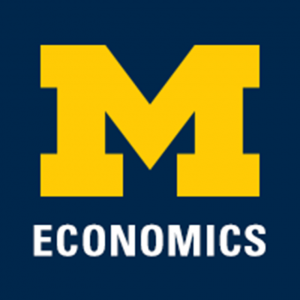Presented By: Economic Development Seminar
Economic Development Seminar
Raul Sanchez de la Sierra, Haas School of Business, University of California Berkeley

Hierarchical Corruption
We present and explain the vertical organization of corruption in a traffic police agency. Police supervisors offer their protection to police agents so that agents can collect bribes. In exchange, police agents must escort a predetermined quota of drivers to their supervisors for the supervisor to take bribes, and occasionally make monetary transfers to the supervisor. 99% of supervisors’ income and 86% of police agents’ income is financed through hierarchical corruption, involving the quota system and institutionalized toll fees for police agents. We then use a simple model to explain this organizational form. Based on this model, we establish three results. First, consistent with maximization of corrupt revenue for supervisors, higher quotas are observed in locations where bribe taking by supervisors is relatively more effective, which amplifies mis-allocation of drivers’ rights to circulate. Second, through taxation of supervisors, the adjustment of the hierarchy reduces in half the effect of experimental increases in police agents’ income, which otherwise induce absenteeism, traffic congestion, and decrease harassment of drivers. Third, hierarchical corruption negatively affects social welfare. Experimentally decreasing the quotas decreases traffic congestion and harassment of drivers, and leaves police agent effort at collecting private bribes unaffected which, as suggested by the model, implies quotas reduce social welfare. These results have two implications. First, while agents’ revenues from bribes incentivize harassment, they also incentivize socially productive effort and decrease congestion. Second, supervisor-agent corrupt strategic interaction has a negative externality on social welfare that was previously ignored.
We present and explain the vertical organization of corruption in a traffic police agency. Police supervisors offer their protection to police agents so that agents can collect bribes. In exchange, police agents must escort a predetermined quota of drivers to their supervisors for the supervisor to take bribes, and occasionally make monetary transfers to the supervisor. 99% of supervisors’ income and 86% of police agents’ income is financed through hierarchical corruption, involving the quota system and institutionalized toll fees for police agents. We then use a simple model to explain this organizational form. Based on this model, we establish three results. First, consistent with maximization of corrupt revenue for supervisors, higher quotas are observed in locations where bribe taking by supervisors is relatively more effective, which amplifies mis-allocation of drivers’ rights to circulate. Second, through taxation of supervisors, the adjustment of the hierarchy reduces in half the effect of experimental increases in police agents’ income, which otherwise induce absenteeism, traffic congestion, and decrease harassment of drivers. Third, hierarchical corruption negatively affects social welfare. Experimentally decreasing the quotas decreases traffic congestion and harassment of drivers, and leaves police agent effort at collecting private bribes unaffected which, as suggested by the model, implies quotas reduce social welfare. These results have two implications. First, while agents’ revenues from bribes incentivize harassment, they also incentivize socially productive effort and decrease congestion. Second, supervisor-agent corrupt strategic interaction has a negative externality on social welfare that was previously ignored.